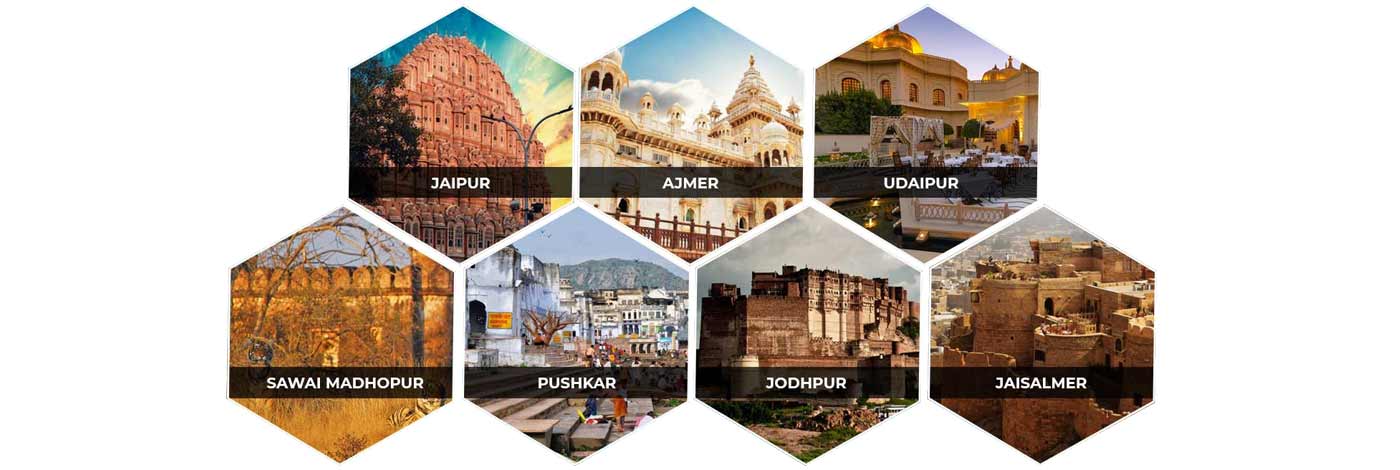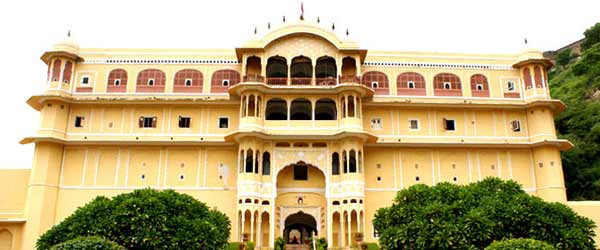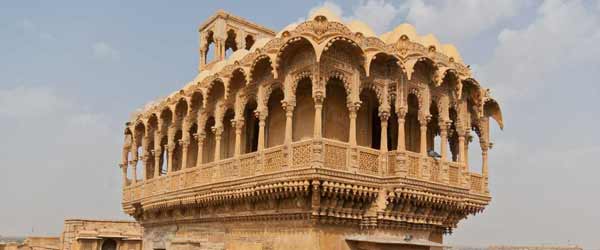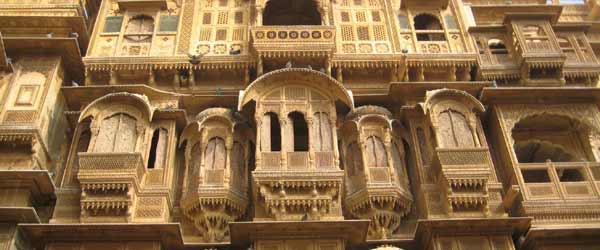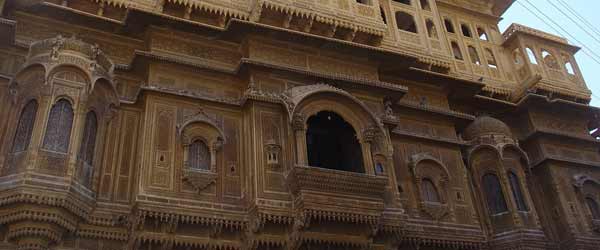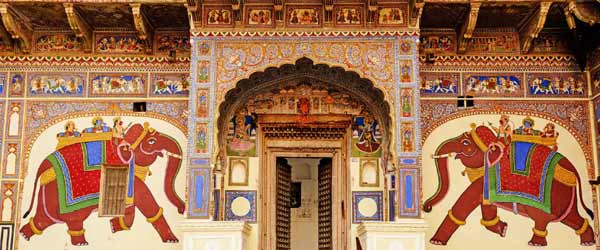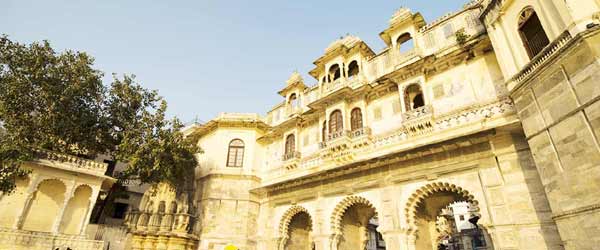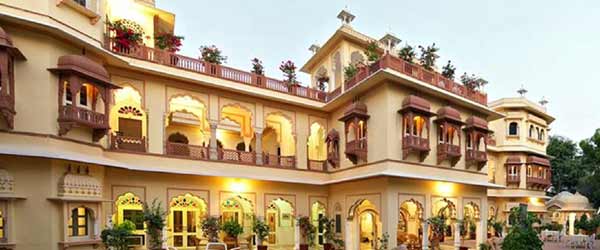
Salim Singh ki Haveli Jaisalmer
Salim Singh ki haveli has been built on the remains of an older haveli built in the late 17th century. The new building was built in the year 1815 and was occupied by the Mehta family of Jaisalmer. They were the most influential family of their time. This haveli was commissioned by Salim Singh, the then Prime Minister of the kingdom when Jaisalmer was the capital.
The haveli has a distinct architecture. The roof has been constructed in the form of Peacock. The haveli is situated beside the hills near the Jaisalmer Fort. People claim that Salim Singh made two additional floors in order to make it as high as the fort but the Maharaja did not take this attempt in good spirit. He ordered the extra floors to be torn down. Nevertheless we do not find enough evidence to corroborate the story.
Like other havelis in Jaisalmer, this too has tuskers guarding the gateways. These are made of sand stones and look very close to the original in appearance. The haveli consists of as many as 38 balconies and they all have distinct designs for themselves. The front facet of the haveli resembles ship stern and thus this haveli is also sometimes referred as Jahazmahal.
The architecture of this haveli is unique as compared to the other havelis. This mansion was not created with the help of cements and mortar- the stones are connected with strong iron rods. The architecture of this mansion is inspired by dancing peacock. The mansion has five storeys and every structure is carefully built and carved. It is narrow for the first floors, and then the top storey spreads out into a mass of carving, with graceful arched balconies surmounted by pale-blue cupolas. The beautifully arched roof has superb carved brackets in the form of peacocks. The haveli consists of as many as 38 balconies and they all have distinct designs.
The entrance of the mansion is guarded by two huge elephants carved from stone. This haveli is also called as Jahaz Mahal, as the front facet resembles a ship stern. The walls and balconies are all covered with imperial paintings. The carved windows and grandly designed halls and rooms add to the charm of the haveli. The stone screens and the projecting windows keep the haveli cool even during the scorching summer heat. The mansion is a perfect example of the excellent craftsmanship of the people of that period.
Haveli in Rajasthan
Rajasthan Havelis is named after the Rajputs who were kings as well as brave soldiers. They have created a much spectacular building where they used to stay popularly known as Havelis, which helped as a resident for the royal family.
These monuments are evidence of the remaining example of the state rich architectural heritage. The much-talked Havelis of Rajasthan are Samode haveli, Patwon Ki Haveli, Nathmalji Ki Haveli, Shekhavati Haveli, Mandawa haveli and many others.
History of Havelis in Rajasthan
From 1830s Haveli became an important building in Rajasthani regions of Shekhawati and Marwar. The marwaris used to commission artists to paint the havelis. These were a status symbol for the merchants and traders. These were also the dwelling places of the joint families that offered comfort away from the day-to-day tensions of the world. There would be one large gate at the entrance and the mansion would be closed from the other sides. These were spacious abodes that were richly decorated.
Features of Havelis in Rajasthan
The main features of these havelis were chhajjas (sunshades), jharokhas (balcony windows) and jalis (screen windows). These huge mansions were usually built around a courtyard with darwazas done in beautiful architectural elements. The marwari havelis of the Shekhawati region have murals with remarkable colours. The motifs on the walls are varied from everyday scenes and subjects inspired by the west. An amazing feature of these havelis was the intricately carved wooden doors.
Architecture of Havelis in Rajasthan
The havelis of Shekhawati consist of 2 courtyards - an outer one and an inner one. The outer courtyard is for men. The inner courtyard (aangan) is exclusively for women. A large Haveli with two or three stores can have three to four courtyards. The towns and villages of Shekhawati are renowned for the frescos on the walls. One of the most well known Haveli in this regard is the Patwa havelis of Jaisalmer. The stone carved jharokhas are a major tourist attraction here.
Other places where one can come across grandiose havelis are Churu, Jhunjhunu and Sikar. The havelis were mainly painted in blue, yellow, green, indigo and maroon. With the advent of the 19th century the motifs on the walls underwent a change. New themes of telephones, trains, cars, balloons, British hunters, gramophones, the paintings of the Haveli owners became popular.
Famous Havelis in Rajasthan
From Jaipur to Jaisalmer and from Bikaner to Jodhpur, the colourful Havelis in Rajasthan tell again the magnificence and splendour of the former times. Tourists often plan their tour to Rajasthan to get a sight of these Havelis in Rajasthan. Following are the famous Havelis in Rajasthan:
 +91 9549279999
+91 9549279999 